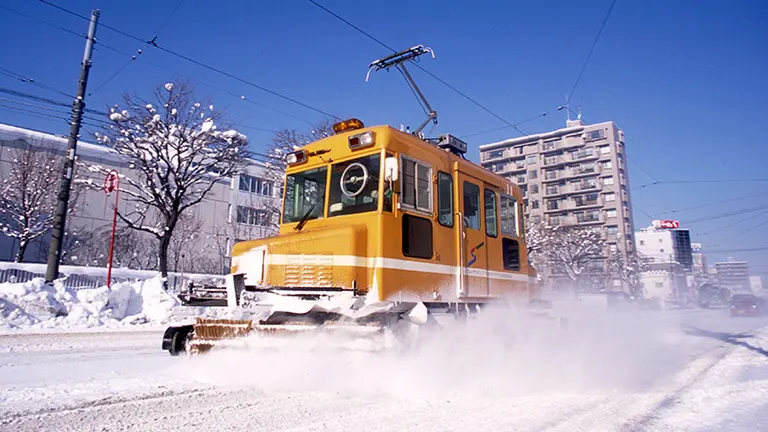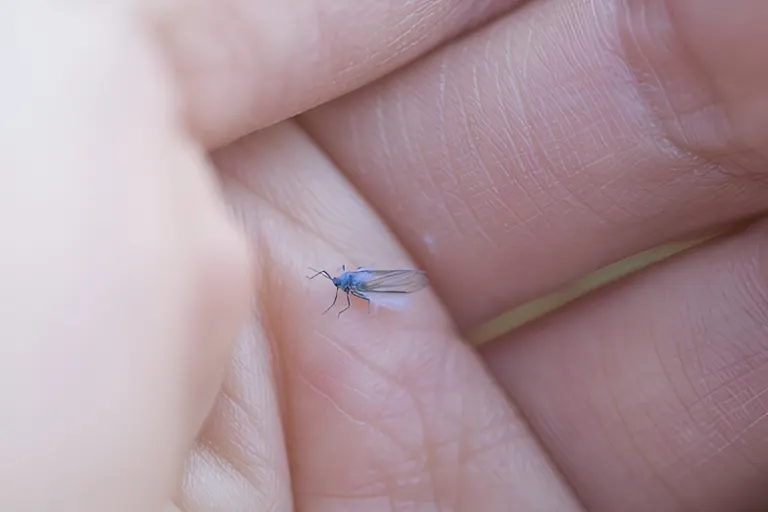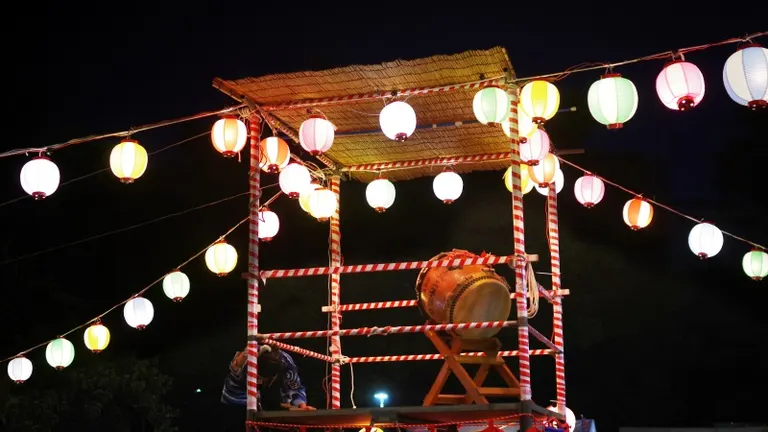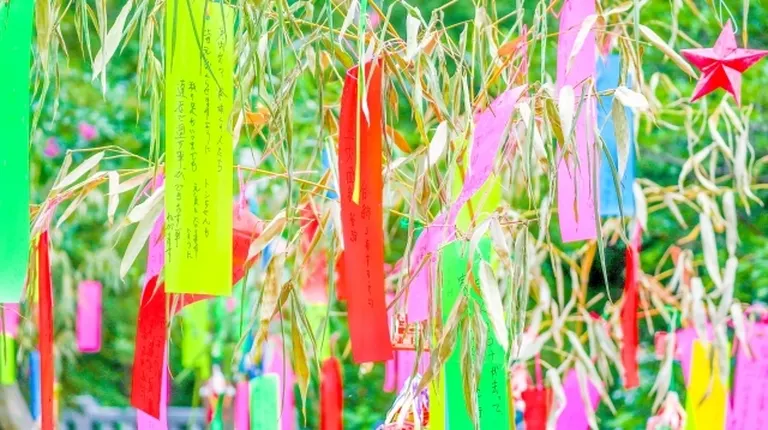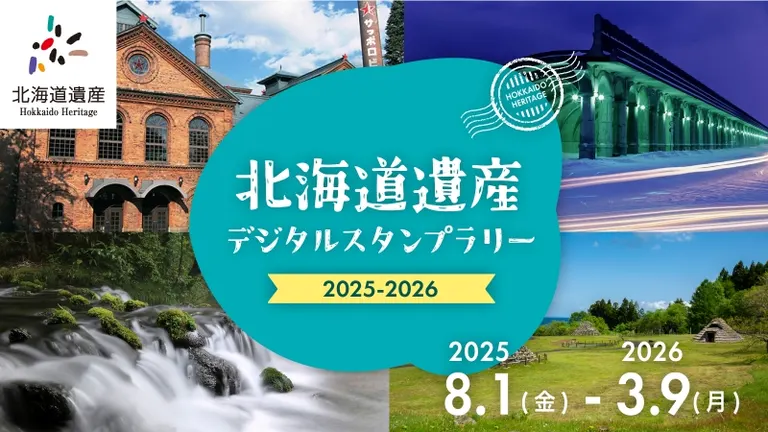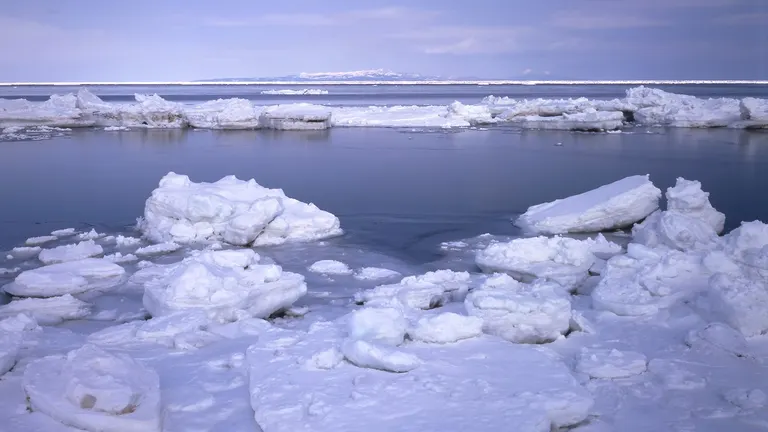
ARTICLES
A seasonal feature of winter in Hokkaido! Do you really know about "drift ice"?
At this time of year, drift ice arrives in the Sea of Okhotsk in eastern Hokkaido, bringing with it the message of winter. This is the only place in Japan where you can see drift ice! We are looking forward to hearing about drift ice from the areas facing the Sea of Okhotsk again this year. But do you really know how drift ice is formed and where it comes from?
What is drift ice?
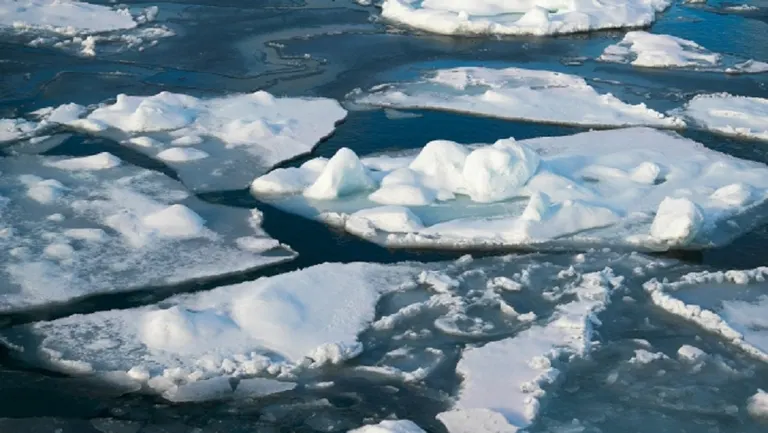
Drift ice refers to ice that floats on the ocean, but more accurately, it is "sea ice" that is ice made from frozen ocean water. Sea ice that floats with the ocean currents is called drift ice, while sea ice that is attached to the coast and does not move is called fast ice, and is distinguished from drift ice.
Where does drift ice come from?
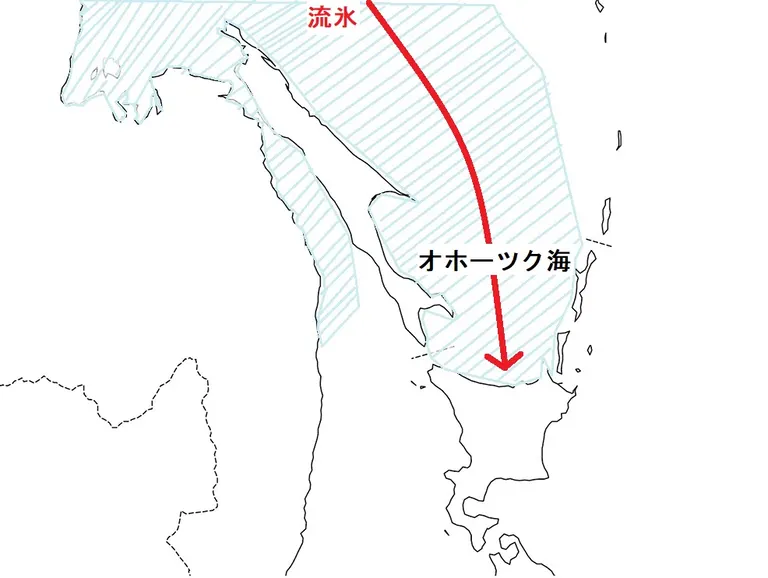
This is an approximate map.
In the Sea of Okhotsk, strong northwesterly seasonal winds from Siberia blow into the sea, causing sea ice to form one after another on the coast, which is then carried away by the East Sakhalin Current, freezing and being carried away repeatedly. The sea ice that flows along the eastern coast of Sakhalin thickens in the cold before reaching the Okhotsk coast of Hokkaido.
It's not just drift ice that flows by!
Clione, also known as the drift ice angels (or drift ice fairies), also arrive along with the drift ice.
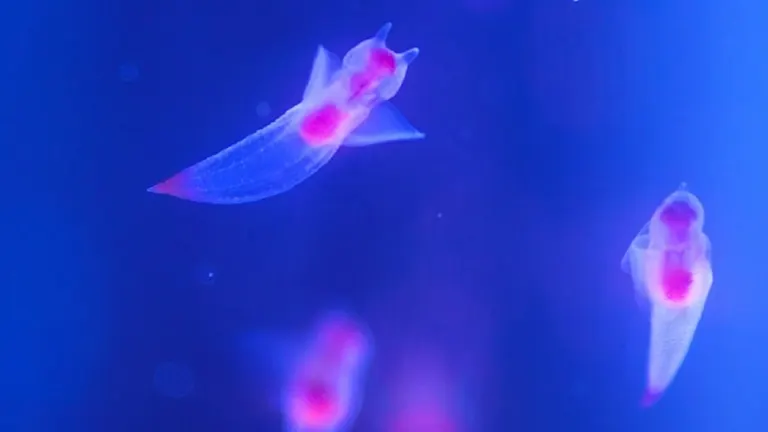
In contrast to their cute appearance, Cliones are said to have scary eating habits. In addition to Cliones, you can see seals and white-tailed whales that have migrated from Russia to spend the winter on the drift ice.
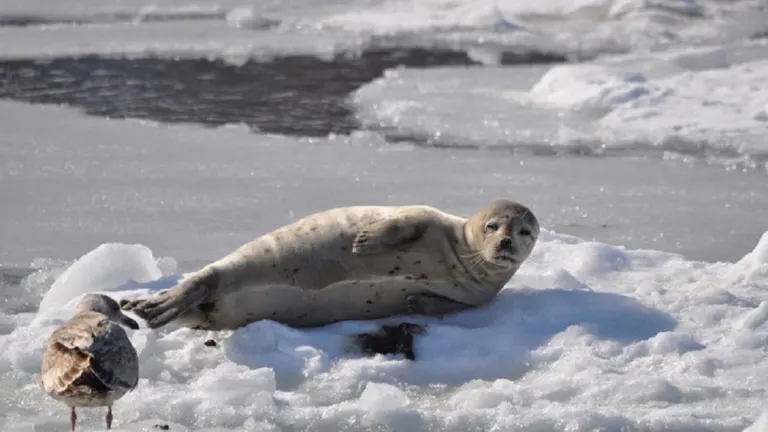
What do the terms "first day of drift ice," "first day of drift ice reaching the shore," and "last day of drift ice" mean?
You often hear the terms "first day of drift ice" and "first day of drift ice arrival" in the news. Have you ever wondered what the difference is? We'll explain it in an easy-to-understand way!
●First day of drift ice: The day drift ice could be seen with the naked eye from land. ●First day of drift ice reaching the shore: The first day that the coast is covered with drift ice and ships are no longer able to operate (excluding drift ice sightseeing boats, etc.) ● Last day of drift ice: The last day that drift ice was visible from the observation point
Drift ice season in Hokkaido
First day of drift ice: Mid-January to early February First day of drift ice arrival: Late January to mid-February Best time to see drift ice: Mid-February to early March Drift ice all day: Mid-March to early April *Depends on the region and the weather of the year.
Areas where you can see drift ice and recommended spots to enjoy drift ice
Drift ice can be seen in areas along the Sea of Okhotsk coast of eastern Hokkaido, such as Wakkanai, Monbetsu, Abashiri, Shari, and Rausu.

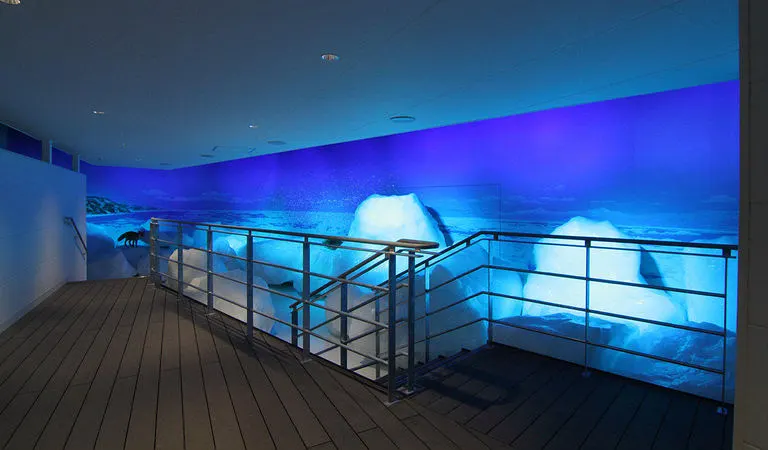
This facility is themed around real drift ice displays and creatures that inhabit the Sea of Okhotsk. Light and sound effects create a fantastic space. There is also a theater where you can experience 4K footage of drift ice, creatures living under the ice, and other amazing images of nature in a very realistic way. From the rooftop you can enjoy a panoramic view throughout the four seasons.
Opening hours: November to April 9:00 to 16:30 / May to October 8:30 to 18:00 ■Address: 244-3 Tentozan, Abashiri City Click here for details and maps of "Tentozan Observatory/Okhotsk Drift Ice Museum"

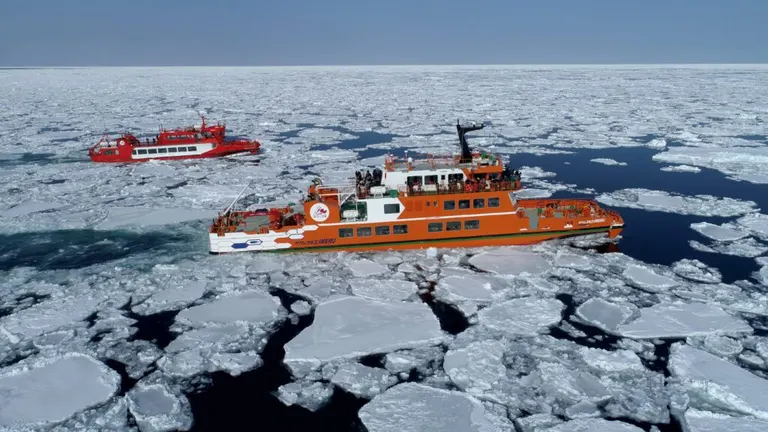
A drift ice sightseeing ship breaks up the drift ice spreading across the Sea of Okhotsk with a large drill. From the ship, you can enjoy the mysterious sight of the broken drift ice floating up from the side of the ship. The sound and vibration of the ice being broken up is very impressive. A mysterious world that can only be experienced by those on board, which is a little different from the drift ice seen from land, awaits you. In addition to regular cruises, watching cruises and other tours are also available.
■ Winter operation dates: Friday, January 17, 2025 to Monday, March 31, 2025 January 9:30-16:00 / February 5:45-16:30 *May vary depending on sunrise and sunset times / March 8:45-16:30 *Operation schedules vary depending on the period, so please check the official website for details. ■Address: Ocean Exchange Center, 1 Ocean Park, Monbetsu City For details and maps of the "Garinko-go Drift Ice Tourist Boat," please click here.

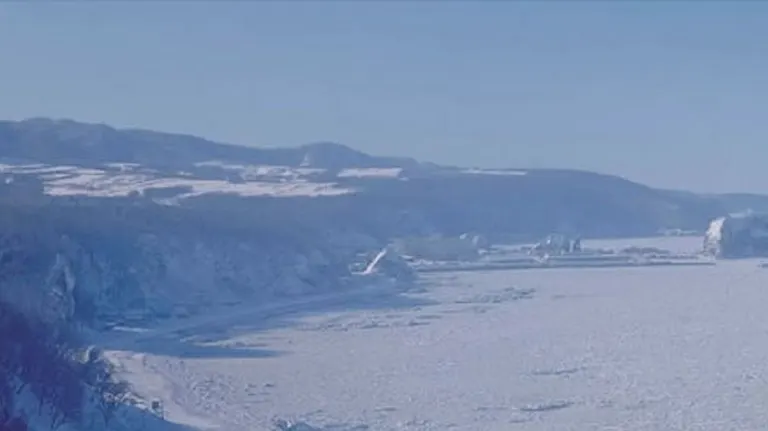
Cape Puyuni, famous for its spectacular views and sunsets, offers a panoramic view of the Okhotsk coastline and Utoro Port, which are covered with drift ice. You can see as far as the mountains of Akan-Mashu National Park, and enjoy the drift ice and the magnificent nature. It is a popular spot in the Sea of Okhotsk where you can see drift ice early on.
■Address: Puyuni Misaki, Shari-cho, Shari-gun For more information and maps about "Puyuni Cape", please click here

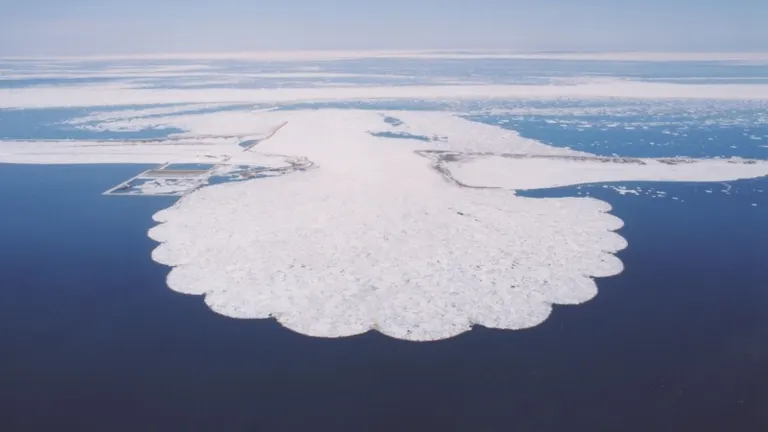
Ryugudai Observatory is a great spot to observe drift ice up close, so close you can almost touch it. The ice booms, which were built to prevent drift ice from entering Lake Saroma and damaging the oyster and scallop farming facilities, make the drift ice look even more fascinating.
■Address: Toei-doko, Yubetsu-cho, Monbetsu-gun For more information and maps on "Drift Ice/Ice Boom/Ryugudai Observatory" please click here
Come enjoy the joy of winter that can only be seen in the Sea of Okhotsk. *Depending on the weather, you may not be able to see the drift ice. Please be sure to check the official website.






